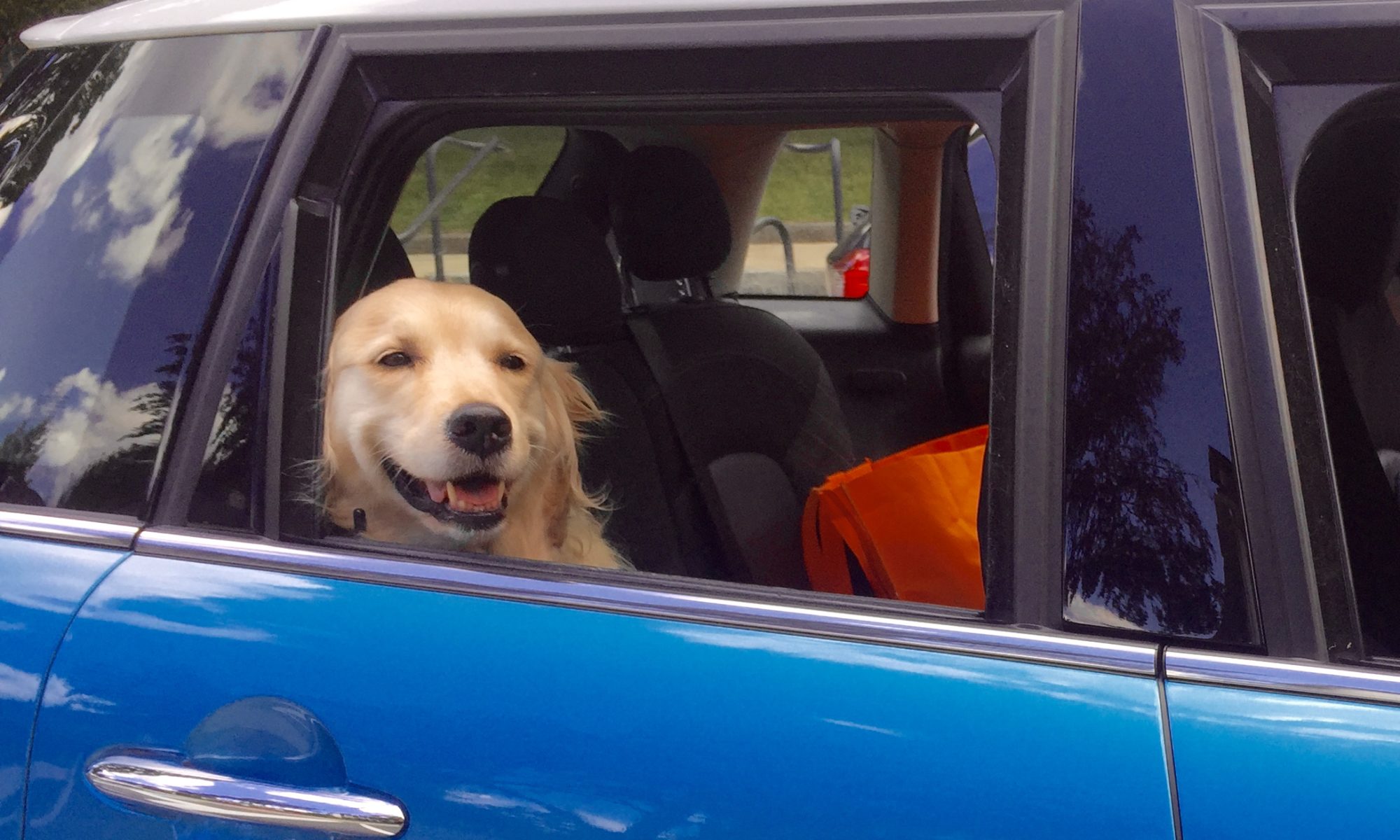An in depth look by MIT scientist Don Shobrys at the uninformed and irresponsible claims made by the NRC Director during her public presentation May 11, 2017:
I was disappointed by the presentation and subsequent comments made by the NRC at the May 11 meeting. Data from the list of papers provided by the NRC was grossly misused. The characteristics of dog ownership in Concord were ignored, as was the history of land usage here in Concord. The NRC also ignored management alternatives suggested in one paper that would still allow opportunities for dogs to be off leash.
The NRC presented their observations on the negative impact of dogs as unequivocal, and yet there were a large number of contradictions across, and sometimes within, the papers they referred to. In addition, some authors made speculations or extrapolations that went well beyond the data they actually captured. Several of these papers did not directly examine the impact of dogs, but merely speculated what that impact would be.
The most extreme misuse of data involved observations of the impact of the presence of dogs on mule deer on public lands around Boulder, Colorado in a paper by Lenth, Knight and Brennan. The paper reported a 100 meter “zone of influence” on mule deer on either side of trails frequented by dogs. That zone was mapped on to trails at Punkatasset to define the region in which wildlife is allegedly disturbed by the presence of dogs. There are a number of problems with this approach.
- The habitat in the study area is arid and rocky with significant elevation changes, which makes visibility much greater than in Punkatasset.
- The mule deer are prey to fast, large predators like mountain lions, bear, and wolves. Mountain lions and wolves were exterminated in Massachusetts by the mid 1800s, and bear sightings are extremely rare. The only fast, large predator of deer in this area is the automobile.
- Mule deer are subject to hunting pressure in open terrain where hunters can take the deer from distances of 100 yards or more. Deer are not hunted in Punkatasset.
- We don’t have mule deer here in Concord (or east of the Mississippi River). We have white tailed deer, which is a more adaptable species.
Mule deer in Colorado have to be wary to survive. In Concord, whitetail deer eat the pansies from the planters by our front door despite the fact that we have had dogs in our house for 8 years. Mule deer and whitetail deer are two different species, in very different habitats, that exhibit very different behaviors.
The characteristics of dog ownership in Concord minimize their impact on town lands, and make it hard to believe the claims of potential negative health impacts on wild animals and humans. A typical dog owner may visit town lands for an hour or two (if that long) a few times a week, and bumper crops of ticks, mosquitos, and poison ivy will reduce that level of activity in the coming months. Dogs do not run free in this area, as they do in other parts of the country. This raises questions about the relevance of the Heisman article from Sierra Magazine, which includes hybridization (domestic dogs cross breeding with wildlife) as one of the negative impacts associated with dogs on public lands.
Most dogs in Concord receive anti parasitic treatments once a month and have annual visits to the vet. In addition, the town requires vaccinations. Here, it is far more likely that parasitic infections would travel from wildlife to our pets.
The history of land use in and around Concord is relevant because, as Marzano and Dandy note, “Impacts increase more as a result of new places being disturbed than from further deterioration of already impacted sites.” The town lands have seen more than 350 years of human impact. Punkatasset has seen agricultural activity and was even a ski area. Concord may seem rural but on the order of 50,000 vehicles pass through it every weekday.
The papers listed by the NRC include a number of comments that contradict the NRC’s conclusions.
Parsons, Bland, Forrester, Baker-Whatton, Schuttle, McShea, Costello, and Kays highlighted their observation that “wildlife perceived free ranging dogs as a relatively low level threat.” They also noted that “Despite this blatant disregard for leashing laws, most dogs were still found on the trail walking with their owners, and thus were not a strong source of disturbance to the regions wildlife.” They also noted that “Past studies of dog management regulations have found no effect on wildlife diversity and abundance.”
The paper by Marzano and Dandy considered different forms of recreational activity and include dogs in the category of “walking.” They noted that there is much evidence that “walking” can induce an anti-predatory response that they referred to as “flight” but, after reviewing a number of studies that look at the relationship between temporary disturbances and long term population levels, went on to say that “Overall, there is little available evidence to suggest that the flight response to walking has any long-term negative impacts.” They make the same observation for mammals. These comments agree with the observations by Parsons, et al.
Miller, Knight, and Miller found that 2 grassland bird species reacted less to dogs alone than to dogs on a leash or hikers without dogs. They found that robins did not differentiate between hikers with or without dogs.
The NRC ignored a number of suggestions found in Chapter 10 of the English Nature Report 649 by Taylor, Anderson, Taylor, Longden, Fisher (Dogs, access and nature conservation) for engaging and enlisting the support of dog owners in management schemes that would still provide off leash opportunities.
Let me close with the comment from the NRC that “all dogs are wolves.” This comment is either uninformed or an example of strong anti dog bias, as shepherds have used dogs to protect their flocks from wolves and other predators for hundreds of years.


